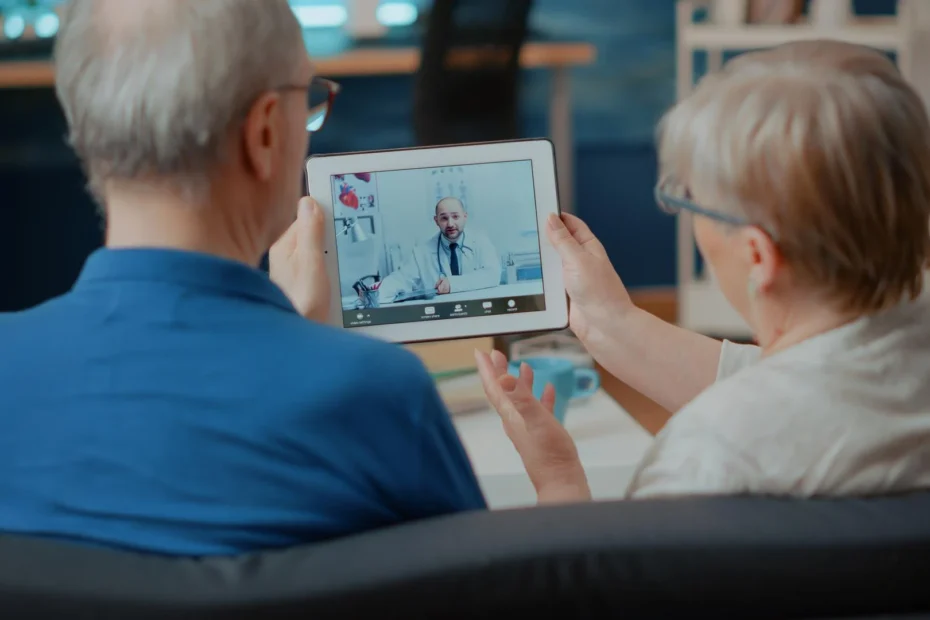Chronic diseases, such as diabetes, hypertension, and heart disease, affect millions of individuals worldwide. Managing these conditions requires continuous monitoring, timely interventions, and proactive care strategies. Remote patient monitoring (RPM) has emerged as a transformative solution in chronic disease management, enabling healthcare providers to track patients’ health metrics outside of traditional clinical settings. By leveraging technology, RPM enhances patient outcomes, reduces hospitalizations, and lowers healthcare costs.
Enhancing Continuous Monitoring and Early Detection
One of the primary benefits of RPM is its ability to facilitate continuous health monitoring. Traditional in-person visits may not capture real-time fluctuations in a patient’s condition, potentially leading to delayed interventions.
RPM devices, such as glucose monitors, blood pressure cuffs, and wearable heart monitors, collect real-time data and transmit it to healthcare professionals. This continuous stream of data allows providers to detect early warning signs of complications and adjust treatment plans accordingly, reducing the likelihood of severe medical events.
Improving Patient Engagement and Adherence
RPM empowers patients by involving them actively in their healthcare journey. With access to their health data through mobile apps and online portals, patients can monitor their progress, track lifestyle changes, and adhere to prescribed treatments.
Studies have shown that increased patient engagement leads to improved medication adherence and better disease management. Moreover, remote monitoring encourages patients to take preventive measures, such as dietary modifications and regular physical activity, ultimately improving their overall health.
Reducing Hospitalizations and Emergency Visits
Chronic diseases often result in frequent hospital visits due to complications that could have been prevented with timely intervention. RPM helps reduce these visits by allowing healthcare providers to intervene before conditions worsen.
For instance, an RPM system that detects abnormal blood pressure levels can trigger alerts to the medical team, prompting them to adjust medication or provide immediate guidance. By minimizing hospital admissions, RPM not only improves patient well-being but also alleviates the financial burden on healthcare systems.
Enhancing Healthcare Efficiency and Cost Savings
RPM reduces the strain on healthcare facilities by decreasing the need for routine in-person visits. This allows providers to allocate resources more effectively and focus on patients requiring urgent care.
Additionally, early intervention through RPM can prevent costly complications, such as heart attacks or kidney failure, thereby reducing overall healthcare expenses. Employers and insurance companies are also recognizing the cost-effectiveness of RPM, leading to increased adoption of remote monitoring programs.
Personalized and Data-Driven Care Plans
RPM facilitates a more personalized approach to chronic disease management. By analyzing patient-specific data, healthcare professionals can tailor treatment plans based on individual needs. Advanced analytics and artificial intelligence further enhance RPM by identifying trends and predicting potential health risks. This data-driven approach ensures that patients receive customized interventions, leading to better disease control and quality of life.
Overcoming Challenges and Expanding RPM Adoption
Despite its benefits, RPM adoption faces challenges such as data security concerns, technology literacy, and reimbursement issues. However, advancements in cybersecurity, user-friendly devices, and supportive policies are helping overcome these barriers. As telehealth and digital health solutions continue to evolve, RPM is expected to become an integral part of chronic disease management.
Conclusion
Remote patient monitoring is revolutionizing chronic disease management by enabling continuous health tracking, improving patient engagement, reducing hospitalizations, and enhancing healthcare efficiency. As healthcare systems continue to embrace digital innovation, RPM will play an increasingly vital role in improving health outcomes and quality of life for patients worldwide.
